Motion tracking and gait feature estimation for recognising Parkinson's disease using MS Kinect
- PMID: 26499251
- PMCID: PMC4619468
- DOI: 10.1186/s12938-015-0092-7
Motion tracking and gait feature estimation for recognising Parkinson's disease using MS Kinect
Abstract
Background: Analysis of gait features provides important information during the treatment of neurological disorders, including Parkinson's disease. It is also used to observe the effects of medication and rehabilitation. The methodology presented in this paper enables the detection of selected gait attributes by Microsoft (MS) Kinect image and depth sensors to track movements in three-dimensional space.
Methods: The experimental part of the paper is devoted to the study of three sets of individuals: 18 patients with Parkinson's disease, 18 healthy aged-matched individuals, and 15 students. The methodological part of the paper includes the use of digital signal-processing methods for rejecting gross data-acquisition errors, segmenting video frames, and extracting gait features. The proposed algorithm describes methods for estimating the leg length, normalised average stride length (SL), and gait velocity (GV) of the individuals in the given sets using MS Kinect data.
Results: The main objective of this work involves the recognition of selected gait disorders in both the clinical and everyday settings. The results obtained include an evaluation of leg lengths, with a mean difference of 0.004 m in the complete set of 51 individuals studied, and of the gait features of patients with Parkinson's disease (SL: 0.38 m, GV: 0.61 m/s) and an age-matched reference set (SL: 0.54 m, GV: 0.81 m/s). Combining both features allowed for the use of neural networks to classify and evaluate the selectivity, specificity, and accuracy. The achieved accuracy was 97.2 %, which suggests the potential use of MS Kinect image and depth sensors for these applications.
Conclusions: Discussion points include the possibility of using the MS Kinect sensors as inexpensive replacements for complex multi-camera systems and treadmill walking in gait-feature detection for the recognition of selected gait disorders.
Figures
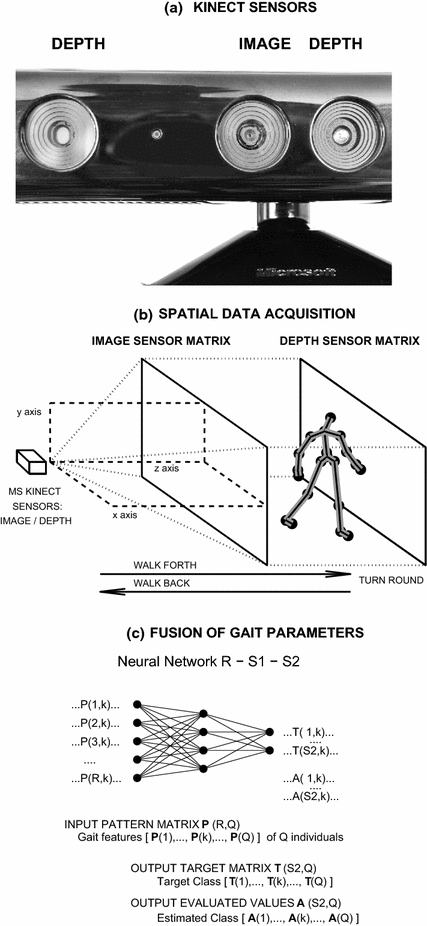
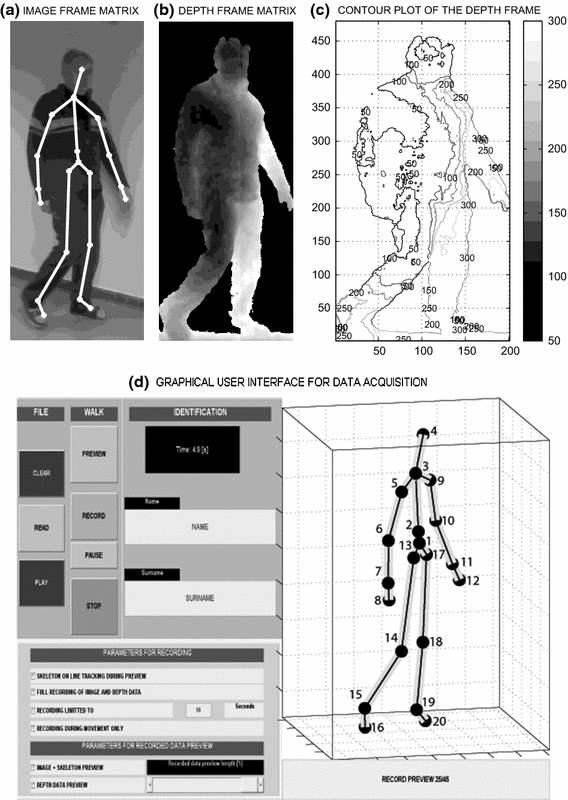
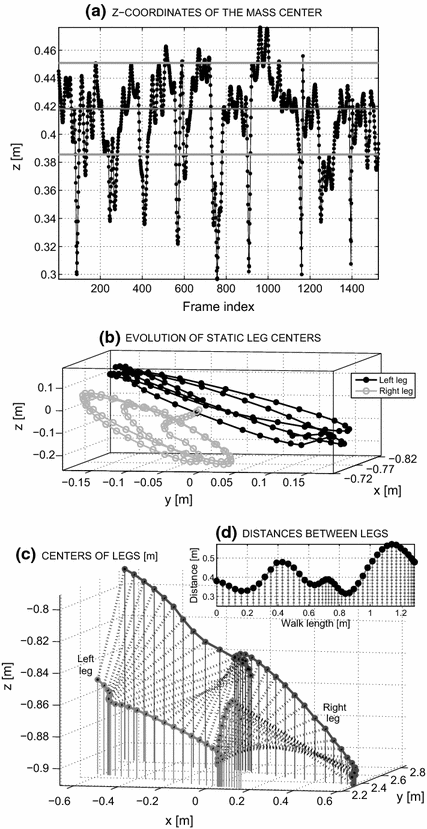
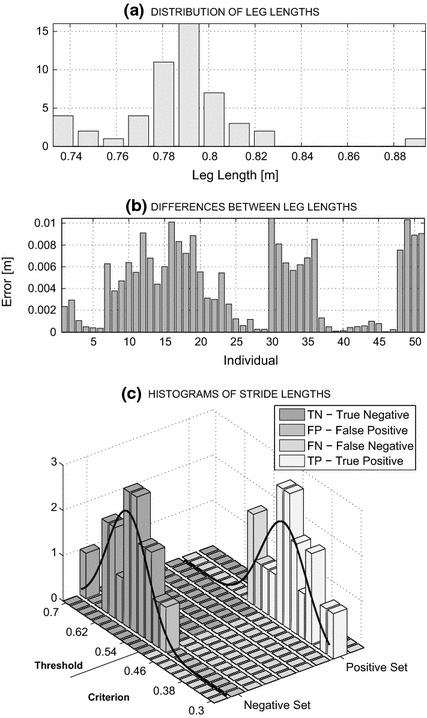
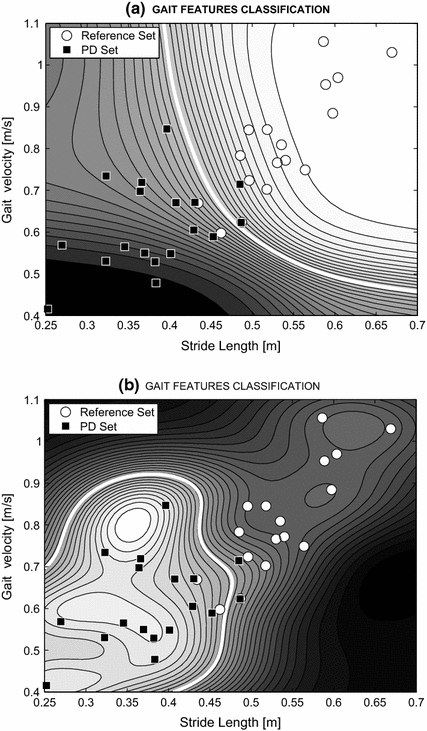
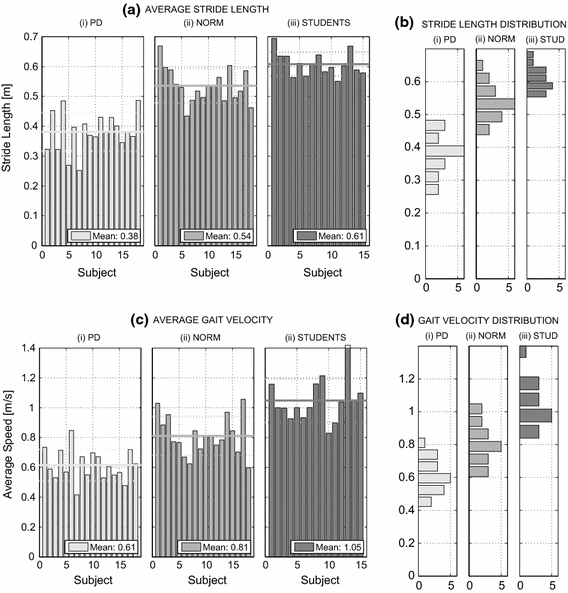
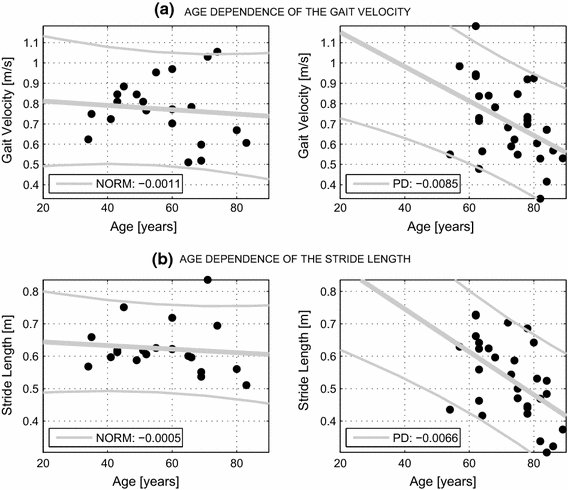
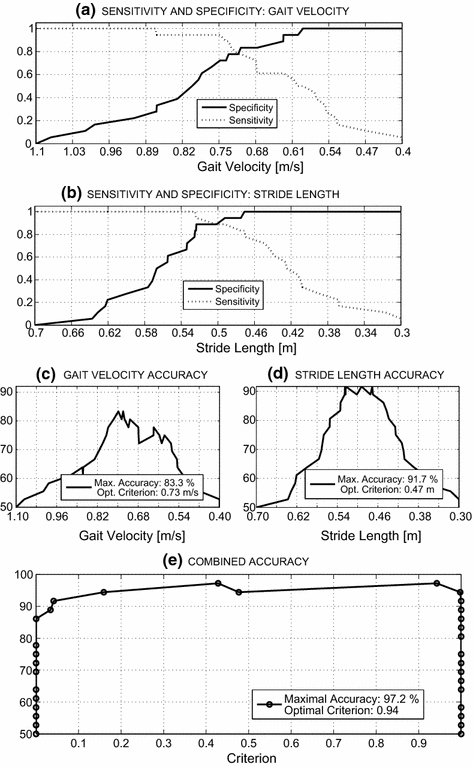
References
-
- Karray F, Alemzadeh M, Saleh JA, Arab MN. Human–computer interaction: overview on state of the art. Int J Smart Sens Intell Sens. 2008;1(1):137–159.
-
- Galna B, Jackson D, Schofield G, McNaney R, Webster M, Barry G, Mhiripiri D, Balaam M, Olivier P, Rochester L. Retraining function in people with Parkinson’s disease using the Microsoft Kinect: game design and pilot testing. J Neuroeng Rehabil. 2014;11(1):1–12. doi: 10.1186/1743-0003-11-1. - DOI - PMC - PubMed
-
- Brscic D, Kanda T, Ikeda T, Miyashita T. Person tracking in large public spaces using 3-D range sensors. IEEE Trans Hum Mach Syst. 2013;43(6):522–534. doi: 10.1109/THMS.2013.2283945. - DOI
-
- Fortino G, Giannantonio R, Gravina R, Kuryloski P, Jafari R. Enabling effective programming and flexible management of efficient body sensor network applications. IEEE Trans Hum Mach Syst. 2013;43(1):115–133. doi: 10.1109/TSMCC.2012.2215852. - DOI
MeSH terms
LinkOut - more resources
Full Text Sources
Other Literature Sources
Medical

